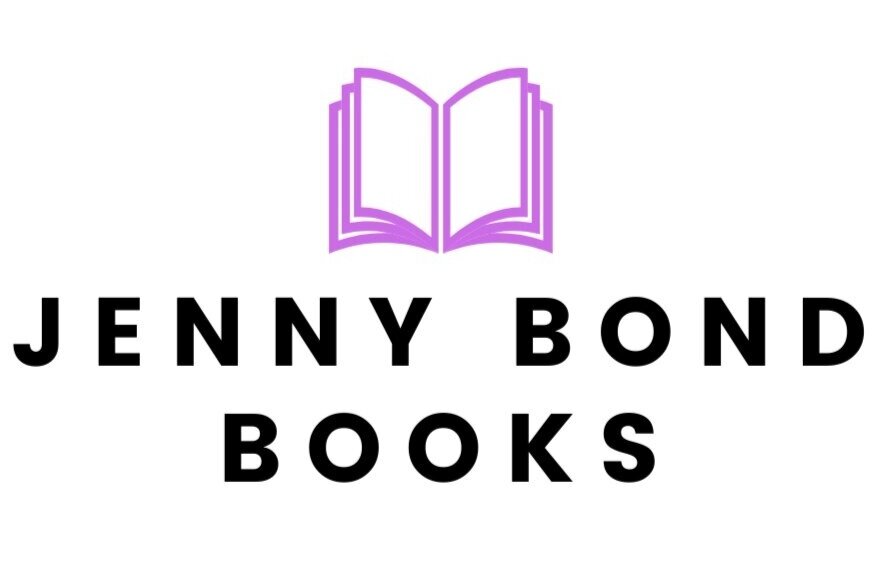My 6 favourite writing tools
I’m not a high-tech writer. I don’t use Evernote or OneNote. I don’t even insist on a top-notch fountain pen – any old ballpoint will do. Neither do I consider myself a demanding writer. I don’t require a fresh bunch of white lilies on my desk each day or a particular blend of Costa Rican coffee to get my creative juices flowing. However, there are six essential tools I need to be an author.
1. Ulysses: Since ditching Scrivener (an incredibly difficult app to use) recently I have been using Ulysses a remarkably straight forward and intuitive writing app. I know writers who use Scrivener and all its functions devotedly and won’t hear a bad word said against it. But I like to keep it simple, because it involves quite a learning curve. This is why (now) I begin every manuscript on Ulysses. When I start a new project, it slowly comes together like a patchwork quilt. Individual scenes come to me and, as they do, I write them down. Unfortunately, they don’t come to me (at first) in any particular order. This is why Ulysses is perfect. Each project is divided into individual sheets. Once I have an idea where the novel is heading, I am able to drag the sheets into order.
2. Microsoft Word: Once I’ve completed a number of drafts on Ulysses, I export the document as a Word file because the edit process has to be completed using the track changes function.
3. Notepads: I use a general notebook for ideas and inspiration. This is a small, leather-bound notebook that I carry around with me. When I’m at home, I leave it on my desk. I also have a second notebook for each manuscript I work on. This is nothing fancy – not a Moleskine – just a plain, ordinary Officeworks number. This contains research, notes, any plotting I might do (this is minimal), scene outlines and snippets of dialogue that come to me in the middle of the night. Authors also tend to be given notebooks as gifts. I have quite a collection.
My ecclectic collection of notepads.
4. Sticky notes: If I’m writing and I’m in the zone and an idea comes to me for a scene or plot development further in the narrative, I jot a note quickly on a Post-it and stick it in my notebook, so as not to interrupt the flow of narrative. When this period of mad productivity comes to an end, I return to the sticky note and flesh the idea out in more detail in my notebook. However, I always keep the sticky note stuck on the same page. Don’t ask me why.
5. Pinterest: I use Pinterest all the time for research purposes. As I write historical fiction, I constantly need to see what things looked like in the past so I can describe them. This might be the style of women’s evening gown in the Regency era or what a forge wagon looked like in the America colonies. Once found, I save these images on a board for the book I’m working on, so I don’t have to trawl the internet in an attempt to find the same image again. The AI behind the scenes at Pinterest then sends me suggestions for other images I might find useful, or other boards I can follow. I have to admit Pinterest is a bit of a rabbit’s warren. I can spend hours exploring and pinning, but that’s the nature of research. HERE is my Pinterest page.
6. Dictionary and thesaurus: I cannot stress enough the value of a good dictionary and thesaurus. They simply make your writing more interesting. I use the online dictionary/thesaurus app that came with my MacBook, but I’ve heard a guy called Roget gained some fame for his own version, too. I prefer an online dictionary/thesaurus because it’s fast and it also includes the origins of a word. This is particularly important for an author of historical fiction. A reader will always notice an anachronistic word or phrase (yes, I just used my online dictionary for the correct spelling of ‘anachronistic’). And did you know it comes from the Greek, anakhronismos, from ana – ‘backwards’ and khronos ‘time’? I also use the Online Etymology Dictionary in this capacity, too.
They’re all very simple, yes? There’s nothing here that is inaccessible or even expensive. That’s one of the joys of writing!

